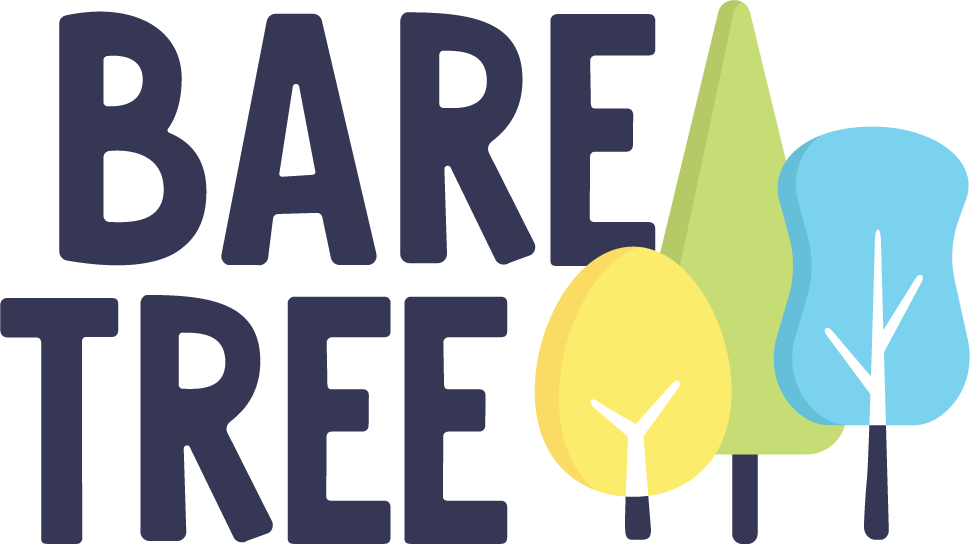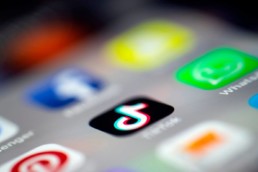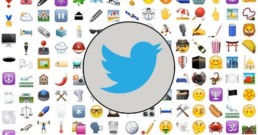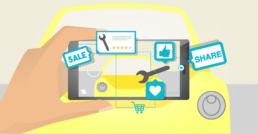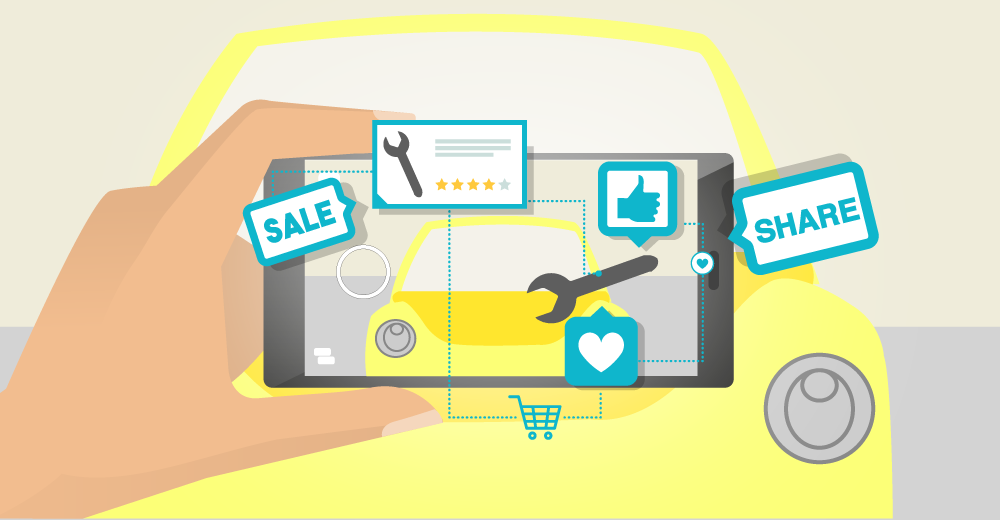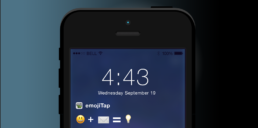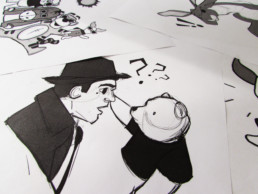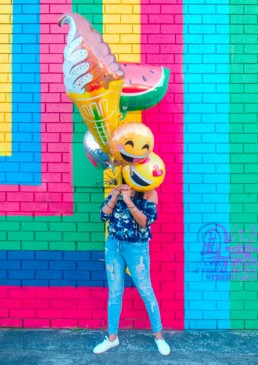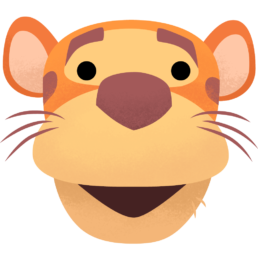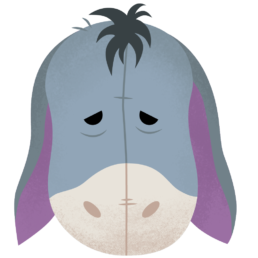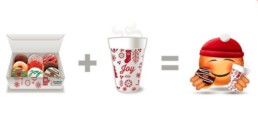Bare Tree Media Partners with TikTok to Bring the Power of AR Effects to Brands
Boston MA – June 25, 2020 – Bare Tree Media, a leader in branded interactive experiences, has been selected by TikTok as a preferred AR (Augmented Reality) design agency partner. As part of the TikTok Branded Effects Partner Program, Bare Tree Media will be assigned to strategize and design TikTok AR Effects for brand campaigns. Through TikTok’s technology and Bare Tree Media’s in-depth expertise in 2D and 3D AR design, this partnership will help to scale creativity and production of AR effects for brands. This partnership builds on TikTok’s newly launched Branded Scan, an innovative format of TikTok’s Branded AR Effect that activates certain visual effects after recognizing a flat image such as a brand’s logo or physical object such as a branded product.
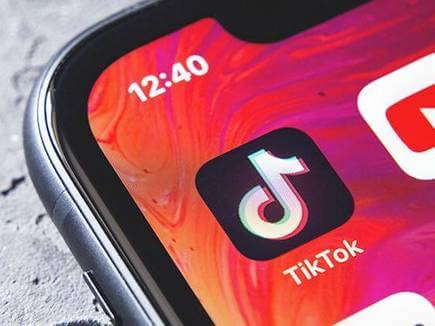
“With the digital landscape always evolving, we are consistently investing in our interactive competencies such as augmented reality,” said Robert Ferrari, President of Bare Tree Media. “We are honored to be selected into this partnership to create branded AR experiences to engage audiences within the popular TikTok platform.”
“Branded Effects give brands the opportunity to interact with Tiktok users in a way that’s engaging and fun,” said Melissa Yang, Head of Ecosystem Partnerships, Global Business Solutions at TikTok. “We’re thrilled to partner with the most creative leaders in 2D and 3D development to bring this playful, immersive experience to our brand partners and the broader TikTok community.”
About Bare Tree Media
Bare Tree Media enables brands to reach, engage and entertain consumers through the creation and digital publishing of branded emojis, messaging stickers, GIFs and augmented reality within popular messaging platforms. As a pioneer in the digital creative and technology sector, Bare Tree Media’s clients and partners include; ABC Television, American Greetings, Apple, Baidu, CBS Interactive, Disney, Duracell, EA, Facebook, Giphy, Google Play, Instagram, King Features, Life is Good, LINE Corp, Lionsgate, Mars-Wrigley, MasterCard, MuscleTech, Paws Inc, P&G, NBC Universal, New England Patriots, Snapchat, Snap-On Tools, SONY Television Pictures, Tenor, TikTok, Twitter, Viacom, Warner Bros, Wimpy Kid, and many more. Brands interested in offering their own mobile messaging apps, mobile stickers, emojis, and augmented reality can go to www.baretreemedia.com or contact Bare Tree Media at info@baretreemedia.com.
Twitter Emoji Campaigns: A Primer
What is a Twitter Emoji Campaign?
Twitter emoji campaigns are a visually smart way to separate your hashtag from other hashtags. As the name may imply, they aren’t permanent additions to a brand’s main hashtag, but rather are centered around a specific campaign that the brand is putting out.
For a price tag of $1M, Twitter will—for 90 days—attach a picture that you provide to a hashtag of your choice (given it doesn’t infringe on anyone else’s IP, of course).
On-the-nose advertisers may remember the tremendously successful #shareacoke campaign, one of the earliest campaigns to combine an emoji with a hashtag. The campaign created waves that led to the immediate introduction of other emoji/hashtag combinations.
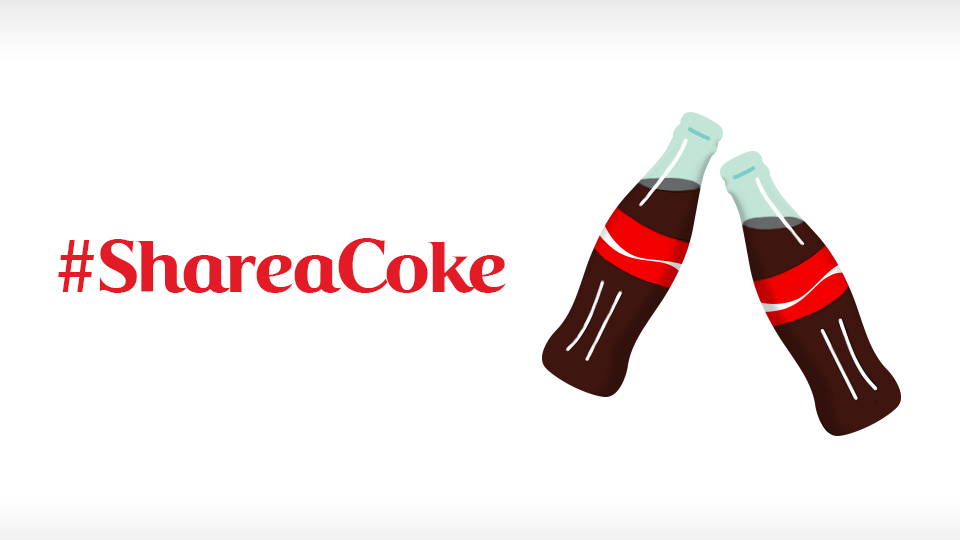
The hashtag that launched a thousand twitter emojis
But how worth it really is it invest in a Twitter emoji campaign? Since the #shareacoke campaign debuted in 2015, the number of hashtag/emoji campaigns has skyrocketed up; what value do these little emojis hold that are making them mass hits?
The benefits are threefold:
Create Campaign Hype
Having a visual next to your hashtag will instantly create an association in people’s mind, and creates hype around the campaign. It separates your hashtag from other hashtags that may be similar, and even after the campaign ends, people will be left with the imprint reminder of your campaign. Additionally, it allows the user to create an emotional bond to the campaign that a text-only hashtag simply would not be able to achieve. The reason emojis are so popular is that people connect to them emotionally. Is your campaign cool? Funky? Nostalgic? Whimsical? The Twitter emoji’s art style paired with your hashtag will help determine this and will shape how people perceive the campaign overall. Yea, it’s that important.
Promotes Interaction Around the Campaign
A hashtag creates a quick avenue for a community to be built around the hashtag, and in turn around your campaign. Once again, the visual element greatly helps people quickly recognize the hashtag, so they’ll be able to click on it and begin to interact with others who are also using that hashtag. This creates a feedback loop where those who are interacting with each other build on the conversation and continue to use the hashtag, keeping it active for others to see in their timelines and become interested in!
It Improves the ‘stopping power' of your Tweet
Twitter users cumulatively generate millions of tweets a day, so the average user is scrolling quickly down an array of hashtags. Internally, Twitter refers to tweets and hashtags that hold people’s attention and pause them in their action of scrolling ‘stopping power’—essentially, it’s a level of retention that determines how effective a campaign is going to be in a user’s mind.
Twitter found that the stopping power of tweets with emojis increased by 10%, and if those tweets were promoted, that figure jumped up to 6x their previous impressions.
Case Study: Christopher Robin
For the release of their new movie Christopher Robin, Disney asked BTM to help them with their Twitter campaign, and we were more than happy to oblige! Christopher Robin was a movie steeped in nostalgia, so we definitely wanted to play up that angle and create emojis that felt timeless and resonated emotionally with the user. They actually had five hashtags, one for each of the ‘major” characters in the movie as well as one for the movie title:

Lovingly rendered above are #Pooh, #ItsPiglet, #Eeyore, and #Tigger! All for Disney's #ChristopherRobin!
This was one of our first Twitter emoji campaigns, as well, so we were very excited and curious to see how it would fare. The thought was that users would have an emotional reaction to the characters’ faces and thus use the hashtags because of it.
Once the hashtags were live, we monitored the hashtags to see how they were doing. Sure enough, almost immediately we began seeing tweets that reflected nostalgia beyond what we even expected. Some users were tweeting specifically for seeing the hashtag characters!

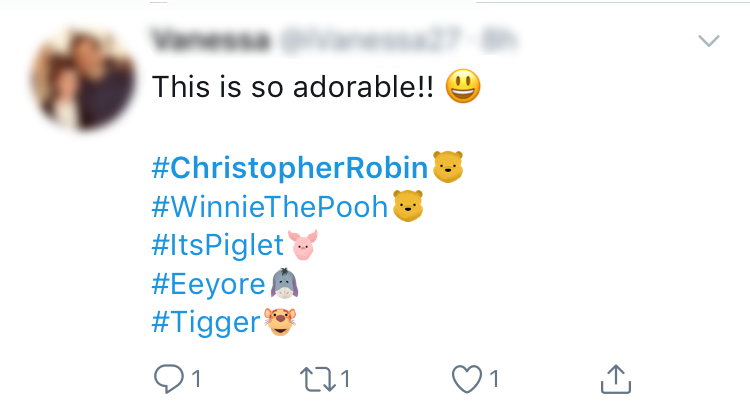
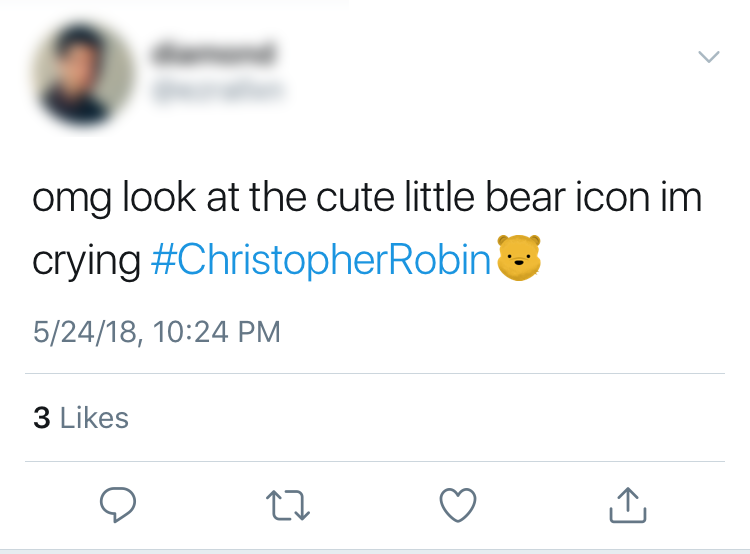
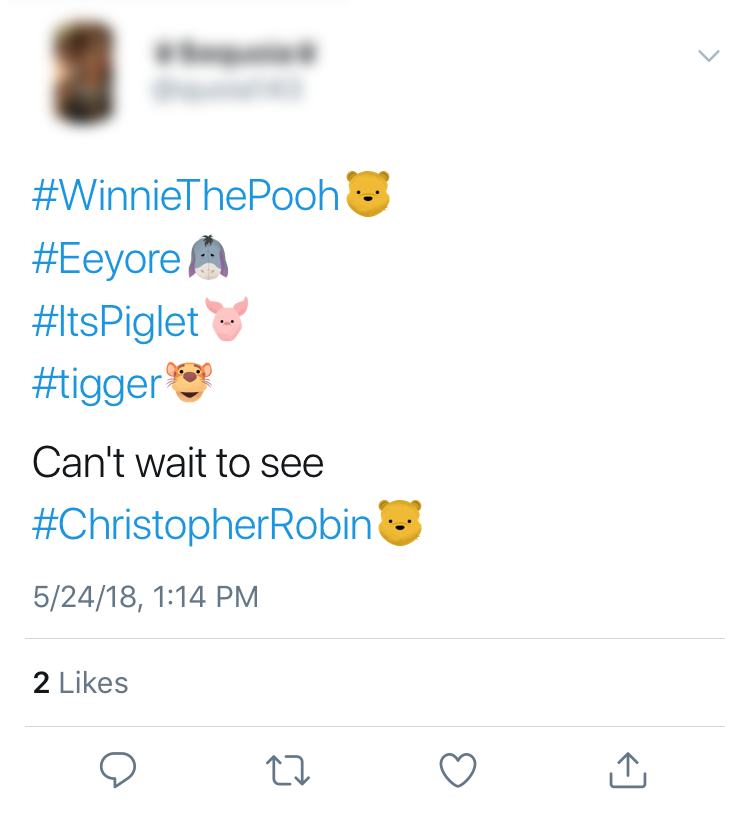
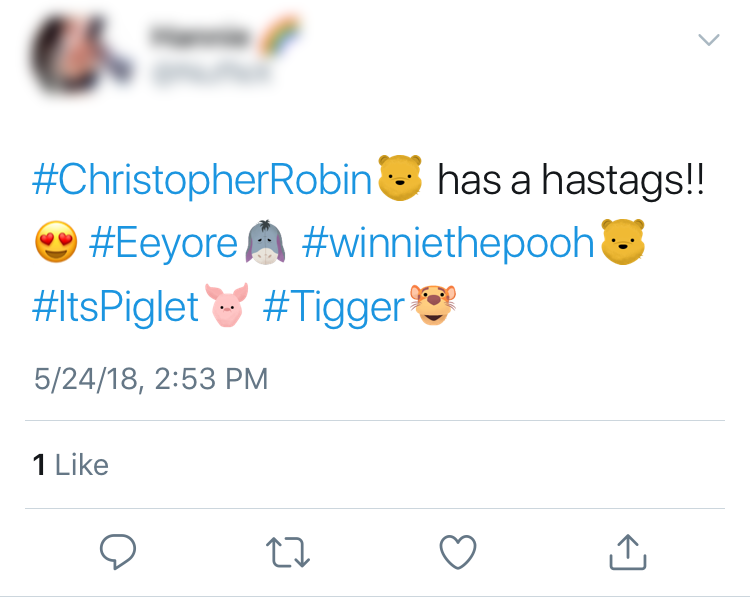
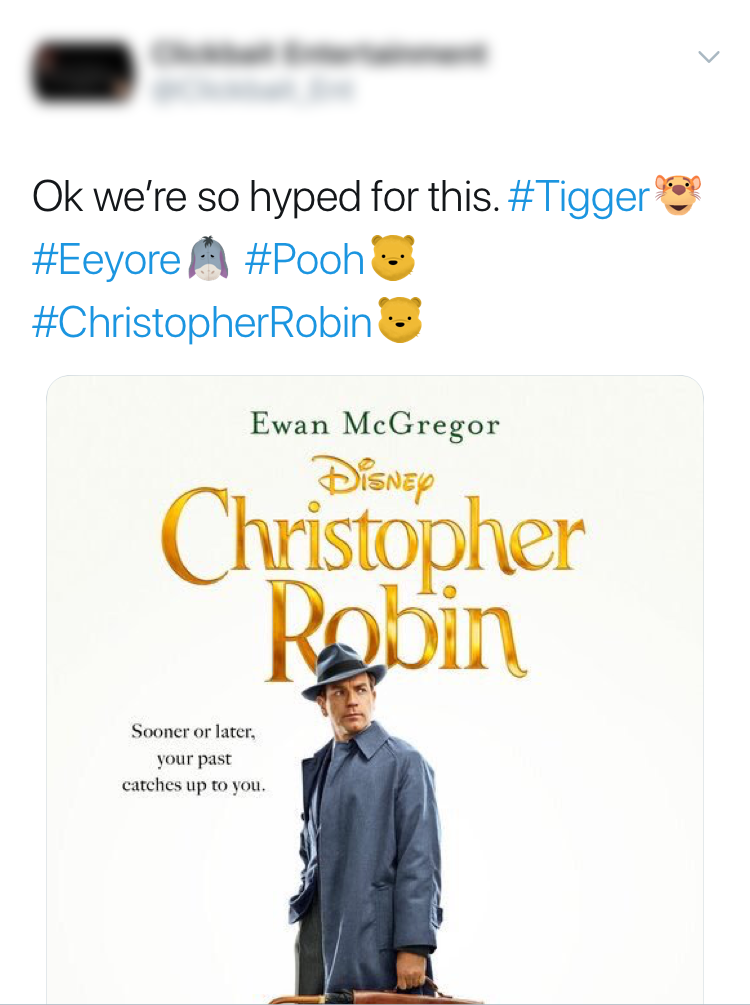 So for your brand’s next ad campaign, consider utilizing the power of Twitter emojis! And if you need someone to help you out, hit us up!
So for your brand’s next ad campaign, consider utilizing the power of Twitter emojis! And if you need someone to help you out, hit us up!
AR in Advertising: The New Era of Interaction
Connection to audience has always been fundamental in the creation of a brand message. The link between brands and their audience is what creates brand loyalty—people buy things that align with their personal values and that they feel an emotional attachment to. That’s what keeps them coming back. However, what that connection looks like has begun to shift. Augmented Reality (AR) is changing the way brands can interact with their fanbases in an unprecedented way, and many brand juggernauts have already embraced paving the way for the new era of interaction.
Amazon
Amazon is known for taking risks and trying almost anything in order to get results, but their foray into AR is a decidedly calculated risk. They recently acquired Body Labs, a company that uses cameras to scan their users and report weight, size, and height. The implications of this save Amazon a lot of headache: consumers will not worry about their clothes fitting if bought online (the largest detractor by far for why people don’t shop online), and Amazon won’t have to issue as many refunds or track as many returns. From a business perspective, they’re addressing and eliminating reasons that consumers don’t buy their products and creating a better experience for when they do buy it, since the clothes will fit versus a disappointing or even frustrating return. This positive experience becomes associated with Amazon and drives the consumer to go back.
Entertainment Industry
Snapchat needs no introduction: they are one of the leaders for AR filters, lenses and games. This technology is still evolving, and so is the community centered around creating for it. They have, on average, 70 million users using AR lenses for 3 minutes per day. This is the perfect platform for brands in the entertainment industry (TV shows, movies, and personalities) to promote themselves and their brand. However, recently Snapchat has been moving into a new arena—ecommerce for ANY brand, thanks to a new feature called now Shoppable AR. Shoppable AR allows companies to actually advertise through Snapchat by redirecting users to a website from a lens. This could be a product page for merchandise, a trailer for a movie—any link on the internet is fair game. Forerunners of taking advantage of this include King, who promoted their famous game Candy Crush through an install button right in their filter, STX Entertainment, who had a trailer for their upcoming movie “I Feel Pretty”, and Blizzard Entertainment, who utilized a filter to promote their new expansion pack, Battle for Azeroth.
Exponential Growth
AR isn’t just entering the ecommerce industry, it’s redefining it. It’s providing its consumers the ability to directly interact with their brand, to become a part of it. That kind of inclusivity encourages attachment, which encourages brand loyalty. The brands that have found the greatest success don’t just appeal to their consumers, they engage with them and become a part of them, like a member of their family. They make their consumers feel good; AR provides an unprecedented engagement level on that front.
The data speaks for itself: AR has exploded in growth over the last year, and it’s not looking like it’s going to stop anytime soon. Augmented Reality companies have grown 50% since the beginning of 2018 across 290 prominent companies, according to The Venture Reality Fund. AR and VR companies have raised over $1.8 billion in funding and are only continuing to expand. And although AR started out small, like the Facebook and Snapchat lenses we’re all familiar with, it’s beginning to branch out at a rapid pace, continuing to be developed and supported by goliaths and forerunners who see and fully comprehend its value, and who know making an investment now will yield profits later.
AR is still an understated marketing tool for now, but that will change sooner rather than later. Instead of being behind on the trend, brands should take full advantage of what AR can offer and showcase their product in a way that gets consumers excited about it—and thus, drives sales up, up, up.
Pushing your Headlines into the Spotlight
The Challenge
It’s every brand’s dream to stand out amongst the crowd, and every marketer’s goal to help their brand achieve that dream.
In today’s world of exponential technological breakthroughs, marketing strategy has by necessity been evolving to complement—the Internet is the newest frontier for marketers looking to expand their brand. However, changes in marketing aren’t always revolutionary; sometimes, even little changes have a large impact on a brand’s identity and tone, and thus, the relationship with their consumers.
Pop-up and targeted ads, a long stalwart of advertising and marketing, have become taboo so companies are now looking to the next best strategy. People don’t want to be sold things anymore; in the new, transparent age, they’re looking for genuine connection.
The Solution
What does it take to connect to an audience? The answer may be simpler than you think:
Emojis!!! 😁😂❤️🌮🔥👍🤠
Emojis are ubiquitous in today’s world; which means there’s one for any demographic you’re looking for. They come in different skin tones, in a huge amount of objects, places, and even in travel symbols and signs. They add personality to otherwise-bland text and catch the attention of the community your brand is trying to appeal to because they’re connecting to the image on some emotional level.

Which one of these catches your attention the most?
Emojis are also the perfect way to show HOW you are saying something; emojis can be used ironically and sarcastically, which in itself helps frame the brand’s relationship with their consumers: are they cool and edgy? Professional? Fun? There’s an emoji for that! There is no genre barrier: apps like CNNMoney have fully adopted emojis, with over 50% of their push notifications including at least one. In general, companies who’ve been early on the trend and incorporated emojis into their notification headlines have already received tangible, data-driven results. According to a study conducted by the entertainment platform LeanPlum, consumers open push notifications with emojis 264% more often than those without. Email subject lines that include emojis are opened 66% more, and applications that incorporate emojis receive a 26% lower uninstall rate.
Which one of these jumps out at you?
In short, emojis drive engagement. There is no aspect of a company’s goals that can’t be improved by adding a little emotion to help their consumers connect to them on an emotional level; whether the goal is to get hits on a webpage or sell a product, emojis can unify and enlarge your audience and their retention of your content.
The Takeaway
Emojis aren’t going anywhere; Twitter emoji campaigns, which allow brands to publish an image in tandem with their hashtag, have caught fire and are only picking up traction. Platforms like Slack allow users to upload their own, specific emojis so people can message in-jokes to each other. Emoji use and variance is evolving, and the farsighted brand will take measures to ensure that in a world where brands emote, they aren’t seen as ❄️☠️💤.
Six Reasons Stickers & GIFs are Effective for Marketing
Marketing is constantly evolving around the consumer, and during the Age of Technology it’s evolving at a more rapid pace ever; it can be difficult for marketers to know whether or not they’re on the uptake or being left behind. Perhaps the most underrated game-changing tool for marketers are animated stickers and GIFs. Although many still use video, this format is frankly out of date for the modern internet user. According to a survey conducted by Harris Poll, a whopping 71% of Americans would rather send a digital sticker over a block of text. With such a large user base, it’s no surprise more and more companies have been seizing the opportunity to make branded stickers and GIFs to seamlessly integrate their brand into their consumer’s daily life. We partner with these companies to make their brand come alive within mobile conversations. However, not all companies are aware of the wide gamut of opportunities afforded to them across platforms or the sheer flexibility stickers and GIFs inherently have.
1. Custom Twitter Emojis that create trending hashtags:
Companies can pay Twitter to attach a custom emoji to a Twitter hashtag for a period of time. Then, whenever someone uses their hashtag the emoji automatically comes with it! The brand’s hashtag instantly stands out with its unique emoji and helps create a community around the product.
Recently, we collaborated with Disney on a campaign for Christopher Robin and other upcoming titles, including creating a range of twitter emojis to promote the film and make the hashtags appealing, relevant, and most importantly create the cute Pooh-bear association to the Christopher Robin movie in people’s minds. We managed the storyboarding, sketching, and illustration for these emojis.
2. Clickable Branded Stickers:
A branded sticker campaign’s main objective is to organically increase brand awareness and engagement. To that end, stickers are a revolutionary tool because it enables marketers to have their brand present in their customers everyday conversations across mobile. In other words, their brand becomes a permanent part of their customer’s life.
A good example of this is Lovate Health’s MuscleTech stickers, promoting their MuscleTech brand of products. These stickers are centered around and cater directly to the consumer base that uses MuscleTech products; as a result, they end up using them a lot because the sentiments and in-jokes are relevant to them. This entrenches MuscleTech further into the community in a feedback loop that keeps both the company and the consumer happy, and helps new initiates to the community naturally find their product in a sea of competitors.
Lovate Health has taken it even further by making their stickers clickable. These stickers, when sent, allow the receiver or sender to click the sticker and be redirected to a website, the app, or the app store. This is brilliant because users are able to interact with the images being received and has quick access to the company’s brand. They also allow people to send links to products they enjoy in a fun way!
3. Sticker Markets on Messengers:
Stickers and messengers go hand-in-hand, creating a demand for sticker marketplaces, which offer a wide variety of branded emojis and keyboard and almost functions as an advertising playground.
In 2016, around 50% of all mobile users used at least one form of mobile messenger, according to Stastia. The fact that since then, messenger apps continue to add free features like video calls, encryption and social media means that usage has only been increasing. Sticker marketplaces have also grown in kind, and many of mobile messengers have created their own sticker markets that draw users to their specific platform.
Apple and Facebook are leaders in this industry with their respective iMessage and Messenger platforms; in total, over 1 billion stickers sent on them. We’ve has observed the intense popularity of stickers it created for the mobile game Plants Vs. Zombies, which had 1 million downloads 4 days, and 2.5 million downloads in a week with over 100 million impressions.
4. Everyone is a Brand Ambassador:
This was touched upon briefly in point number two, but one of a branded sticker’s major selling points is the seamless integration into a consumer’s life: in other words, converting that customer into a brand ambassador.
This is one of the most effective ways of creating brand ambassadors because people are sending these stickers to their friends organically; they love the content and they are spreading the brand to all of their friends in a win-win scenario. Furthermore, people who are friends tend to be in similar target markets, which means having stickers so your customers can share your brand with their friends is the ideal way to spread your brand.
5. They Can Reach New Audiences
Stickers are an important bridge that connects companies to a younger audience in a charmingly appealing way. In an age where this younger audience has been collectively groomed to ignore the millions of ads they see every day, stickers appeal as authentic and fun, leading more of this audience to be attracted to and spread your brand (in the form of stickers). Sometimes you even get people who were previously unaware of your brand but will buy sticker packs because of artistic appeal or funny witticisms, which could convert them into customers. If not, they’ll at the very least be creating more brand awareness for your brand.
6. They Have Potential for Going Viral
Some of these sticker apps/packs go viral and have millions of downloads. Although not a guarantee, the possibility is always there and because stickers are created to be spread on the internet, where the phenomenon of “going viral” first appeared and retains the farthest reach, it is a direct line to the culture that facilities going viral.
Overall, the existence of stickers as a marketing tool has opened a completely new avenue for brands and consumers to communicate through. Instead of having their message get “lost in textlation”, customers can augment their thoughts with your brand, without losing what they want to say.
Most importantly, they can do it in a way that feels fun and cool and makes them feel good, which will push them to keep doing it. People can show who they are by sending stickers of TV shows, music, or quotes they like from pop culture that curate their personality by showcasing the communities they’re a part of and appealing to others like them. In layman’s terms, stickers/GIFs are great for showing some personality!
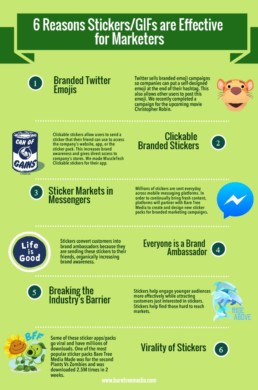
Behind the scenes of the Christopher Robin Film's iMessage Stickers
Once upon a time in the hundred acre wood, the classic characters we all know and love needed a new look for their very own set of iMessage stickers. In anticipation of the new Christopher Robin movie, Disney approached us to create of set of stickers in line with the stuffed animal character designs of the movie.
We drew inspiration from children’s books and developed a style that resembled cut paper with distinct texture shading. We then illustrated all nine characters that were going to be in the sticker pack: Christopher Robin, Winnie the Pooh, Tigger, Piglet, Eeyore, Rabbit, Owl, Kanga and Roo. This tested the style’s flexibility in rendering human characters, stuffed animals, and realistic computer generated animals.
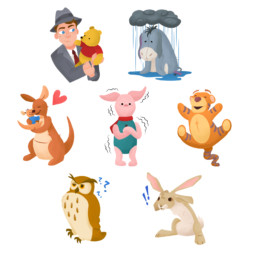
Sketch Phase:
Once style direction was determined, the next step was sketching out all the stickers.
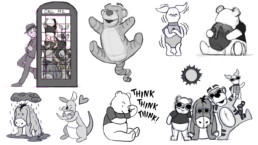
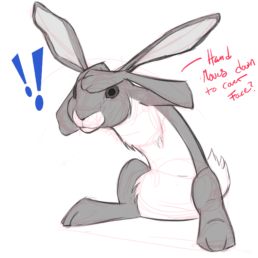
Color & Texture Phase:
Upon sketch approval, all stickers were colored and textured.

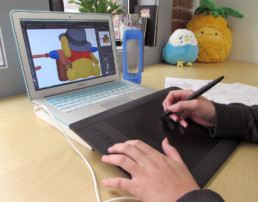
Animation Phase:
The art was then sent over to our animation team. Many were animated in After Effects but a few required special attention. Those got frame by frame treatment. Rough animation was completed to get direction approval before final rendering.
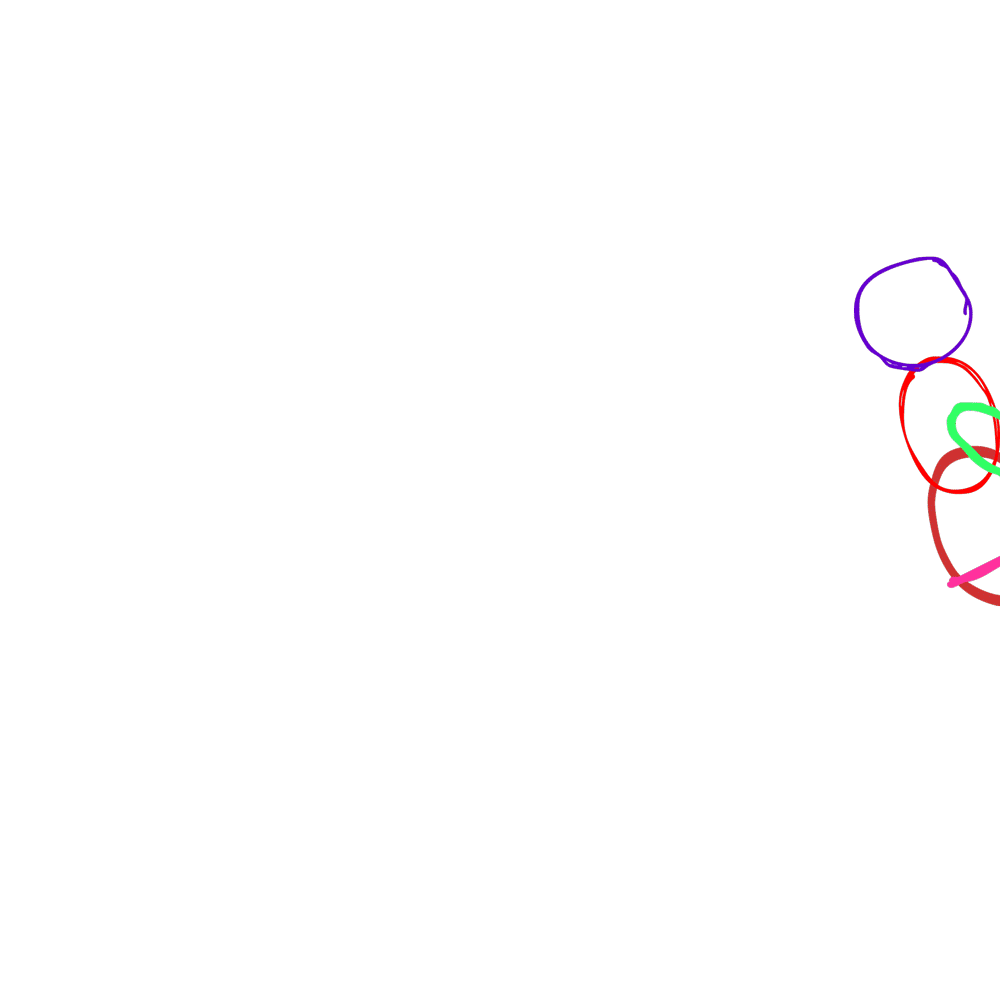
It was pleasure to work with the team at Disney and an honor to work on characters we all adore. The team looks forward to seeing the movie this Friday, August 3rd!
Check out the full sticker pack and download for your iPhone!
Happy World Emoji Day 2018
It is 2018, and Emojis have taken over. The once perceived “silly, childish” messaging stickers have become completely integrated into our daily conversations. Snapchat filters even let us turn ourselves into our very own Bitmoji. Emojis allow us to demonstrate feelings and emotions to a greater specificity than our words. Here at Bare Tree Media, we pride ourselves on being the original and the longest-standing emoji designer. Day in and day out, we work to give everyone the ability to say just what they want (with OR without words 😉). It seems with each new day more emojis are created by designers across the globe providing each of us with unique ways to express ourselves or just have fun!
Apple’s Custom Emojis: Memoji
World Emoji Day calls for big news, and companies have delivered. Apple Inc. announced they will be releasing Emoji 11.0 for iOS and MacOS, an emoji pack including 66 new emojis for Apple fans to enjoy in late 2018. Along with these new emojis Apple is also releasing their Bitmoji counter, Memoji. The 3D emoji will be available with iOS 12 this fall. Memoji’s are to follow-up Apple’s animated stickers that use facial recognition to overlay animal filters, Animojis. Memoji’s take the next step and allow users to create and use their custom Emoji stickers to express themselves in a unique audio-visual hybrid. With innovations like these, developers are reimagining where and how emojis can exist, proving the only way is up.
Facebook's Emoji Keyboard Stays Strong
Facebook and their messenger are one of the leaders in the emoji space, having adopted all 2,800 Unicode Emojis. Unicode is a consortium of the biggest tech companies and a few countries, who decide on what should or should not be an emoji. Facebook once again proudly released their annual Emoji statistics, demonstrating significant increases in emoji use and engagement. Here are just some of the numbers:
- Over 5 billion emojis are sent everyday in Messenger
- 900 million emojis are sent on Messenger that don’t even have text
- 700 million emojis are used in Facebook posts everyday
- The 😂emoji is the most popular around the world
- The ❤️emoji has doubled in usage in the past year
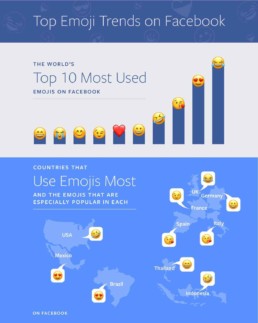
Twitter Branded Emojis
Emojis have made their mark on our society, and now large companies are working towards making their own mark through branded emoji stickers.
Recently, Twitter teamed up with Disney to release custom emojis of the upcoming movie Christopher Robin and chose us to create them! Each of core 100 Acre Woods characters got their own little emoji to accompany their hashtag. Tweets including #ChristopherRobin, #Pooh, #Tigger, #Eeyore and #ItsPiglet grew in number. Twitter users that might not have engaged with tweets involving the Christopher Robin movie in a normal situation began tweeting about the movie. Some solely so that they could have the emojis on their feed!
Emoji Merchandise
There are now emoji clothing, pillows, an Emoji Movie, and now premiering tonight in New York City, “EmojiLand: The Musical” on Broadway just a couple theaters down from The Lion King. Many companies have realized the power of emojis, and how developing new emojis allows for each company to integrate themselves in a language rapidly growing in popularity. No one truly knows the future of emojis, but we do know it’s bright. 🌟
Join Us and Share Your Favorite Emoji with Bare Tree Media on Facebook, Twitter and Instagram!
